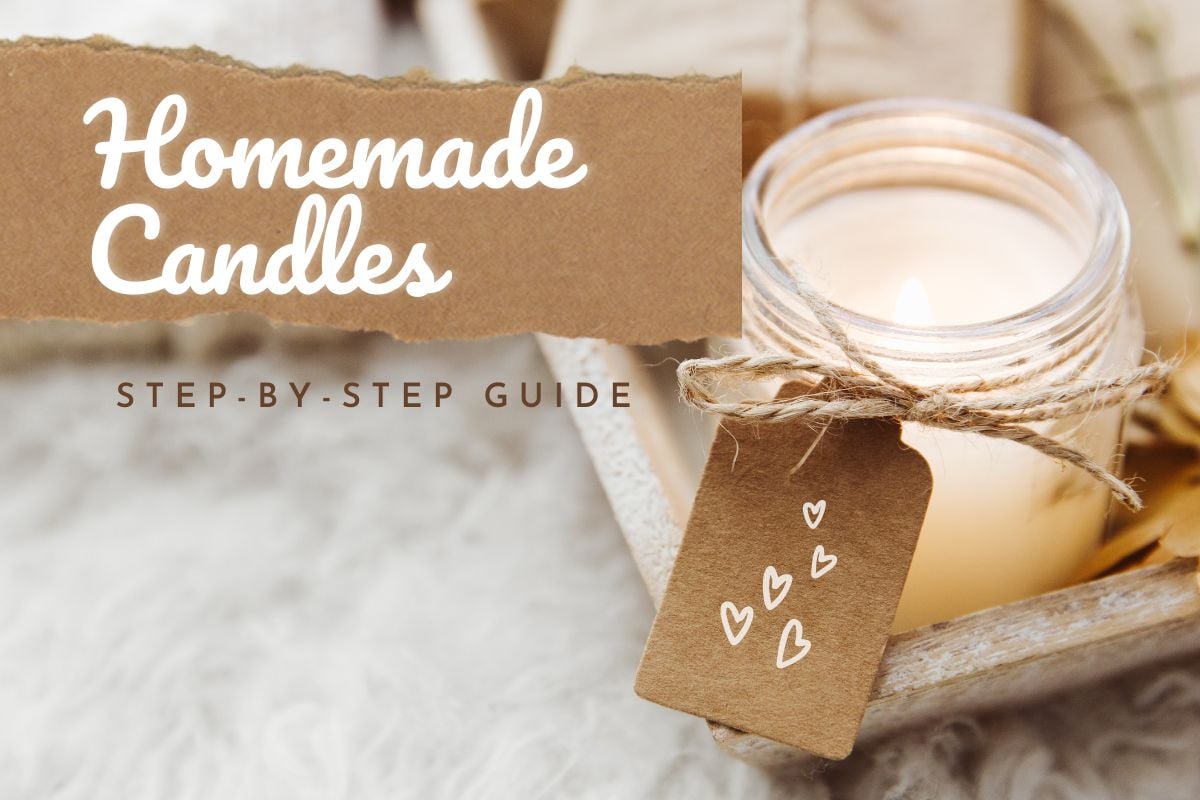If you’re considering getting an ear piercing, it’s natural to be curious about the pain levels associated with different types of piercings. To help you make an informed decision, we have created a pain intensity ear piercing pain chart, ranking various piercings from least to most painful. Each piercing is assigned a mark out of 10, with 10/10 indicating the highest pain level and 1/10 representing the least painful option. Let’s dive into the chart and explore the pain intensity associated with different ear piercings.
Table of Contents
Ear Piercing Chart

Ear piercing offers a wide array of options to express personal style and creativity. There are many ear piercing types, broadly categorized into three main groups:
- Lobe piercings: Lobe piercings are the most common and traditional type of ear piercing. They are located in the fleshy bottom part of the earlobe. Lobe piercings can be done in various ways, including single or multiple piercings, and can accommodate a wide range of earring styles.
- Outer ear piercings: This category includes piercings located on the outer cartilage of the ear, such as the snug piercing, tragus piercing, industrial piercing, forward helix piercing, and auricle piercing. These piercings offer unique placement options and allow for creative combinations.
- Inner ear piercings: This category includes piercings located in the inner cartilage of the ear. Examples of inner ear piercings include helix piercing, anti-tragus piercing, daith piercing, rook piercing, orbital piercing, and outer conch piercing. Inner ear piercings offer unique and stylish options for ear adornment.
With various placements and jewelry options available, ear piercing allows for endless possibilities to showcase unique fashion statements.
Pain Intensity Ear Piercing Pain Chart
We understand that pain tolerance varies from person to person, and it’s crucial to be well-informed before getting an ear piercing. That’s why we’ve created the “Pain Intensity Ear Piercing Pain Chart” for you to save and reference. This chart ranks different ear piercings based on pain levels, allowing you to make an informed decision. Remember, everyone’s pain tolerance is unique, so use this chart as a general guide and consult with a professional piercer for personalized advice. Let’s explore the world of ear piercing pain together!

Standard Lobe Piercing & Upper Lobe Piercing
Starting with the least painful option, standard lobe piercing is an excellent choice for first-time piercings. The earlobe consists of soft tissue, making it the easiest and least painful area to pierce.
- Pain level: 1/10
- Healing time: 6-8 weeks
Transverse Lobe Piercing
Transverse lobe piercing is a unique type of lobe piercing where the jewelry is inserted horizontally through the earlobe. The transverse lobe piercing may cause slightly more discomfort compared to a standard lobe piercing.
- Pain level: 2/10
- Healing time: 6-8 weeks
Helix Piercing
The helix piercing is a popular type of ear piercing that involves placing jewelry through the upper cartilage of the ear.
- Pain level: 4/10
- Healing time: 3-9 months
Auricle Piercing
The auricle piercing is located on the outer rim of the ear, usually halfway up, between the ear lobe and the helix.
- Pain level: 5/10
- Healing time: 6-12 months
Outer Conch Piercing
The outer conch piercing involves piercing the cartilage on the outer rim of the ear. This area is denser than the lobe, leading to a moderate level of pain during the piercing procedure.
- Pain level: 5/10
- Healing time: 6-9 months
Forward Helix Piercing
A forward helix piercing is a trendy and fashionable type of ear piercing where jewelry is placed through the upper cartilage of the ear, near the front.
- Pain level: 6/10
- Healing time: 6-9 months
Tragus Piercing
A tragus piercing involves placing jewelry through the small, protruding piece of cartilage located near the entrance of the ear canal.
- Pain level: 6/10
- Healing time: 6-8 months
Anti-Tragus Piercing
The anti-tragus piercing is a distinctive ear piercing located opposite the tragus, emphasizing the ear’s unique anatomy and allowing for creative jewelry placement.
- Pain level: 6/10
- Healing time: 6-9 months
Inner Conch Piercing
The inner conch piercing involves piercing the thick cartilage in the central area of the ear.
- Pain level: 7/10
- Healing time: 6-9 months
Orbital Piercing
An orbital piercing is a type of ear piercing where two holes are connected by a single piece of jewelry, creating a striking and interconnected look around the outer rim of the ear.
- Pain level: 7/10
- Healing time: 6-12 months
Rook Piercing
The rook piercing is a trendy and modern ear piercing that passes through the ridge of cartilage located in the upper inner part of the ear, creating a cool and fashionable statement.
- Pain level: 7/10
- Healing time: 6-9 months
Snug Piercing
The snug piercing is a piercing through the inner cartilage ridge of the ear, snugly following the natural curve.
- Pain level: 7/10
- Healing time: 6-12 months
Daith Piercing
A daith piercing is a unique and stylish ear piercing that passes through the innermost fold of cartilage in the ear.
- Pain level: 8/10
- Healing time: 6-12 months
Industrial Piercing
The industrial piercing consists of two holes connected by a single barbell, typically placed horizontally across the upper ear cartilage.
- Pain level: 9/10
- Healing time: 6-12 months
Ear Piercing Aftercare Tips
Whether you’ve chosen a simple lobe piercing or a more intricate cartilage piercing, taking proper care of your piercing is essential for a successful healing process. In this guide, we will provide you with some fundamental aftercare tips to ensure your ear piercing heals well and stays healthy. By following these guidelines, you can minimize the risk of infections and complications, allowing you to enjoy your new piercing to the fullest.
Here are some general aftercare tips for ear piercings:
- Clean with saline solution: Use a saline solution or a saline wound wash to clean your ear piercing. Gently soak a clean cotton ball or pad in the solution and apply it to the piercing site. This helps to keep the area clean and prevent infection. Avoid using alcohol, hydrogen peroxide, or harsh cleaning solutions.
- Avoid touching the piercing: Refrain from touching your ear piercing with dirty hands to minimize the risk of introducing bacteria. If you need to touch the area, wash your hands thoroughly beforehand.
- Rotate the jewelry (if necessary): Some piercers recommend rotating the jewelry during the healing process to prevent it from sticking to the surrounding tissue. However, not all piercings require this, so it’s best to consult your piercer for specific instructions.
- Avoid sleeping on the piercing: Try to avoid sleeping directly on the side of your new piercing, as it can cause irritation and delay the healing process. If needed, use a travel pillow or cushion to provide a comfortable position that avoids putting pressure on the piercing.
- Be cautious with hair products: Keep hair products, such as hairsprays, gels, and shampoos, away from the piercing as they can introduce irritants. If possible, tie back your hair or cover the piercing with a clean, breathable material during hair care routines.
- Avoid submerging in water: Until your piercing is fully healed, avoid swimming in pools, hot tubs, or bodies of water like lakes and oceans. Submerging the piercing can introduce bacteria and prolong the healing process.
- Watch for signs of infection: Keep an eye out for any signs of infection, such as increased redness, swelling, excessive pain, discharge, or a fever. If you suspect an infection, seek professional advice from your piercer or healthcare provider.
Understanding the pain levels of various ear piercings can help you make an informed decision based on your pain tolerance and preferences. Remember that pain perception is subjective, and individual experiences may vary. It’s essential to choose a reputable piercer, follow proper aftercare instructions, and prioritize your comfort during the piercing process. With thorough research and careful consideration, you can confidently choose an ear piercing that aligns with your style and pain threshold.
Read more:
What Gauge Are Regular Ear Piercings?
Other types of body piercings:



